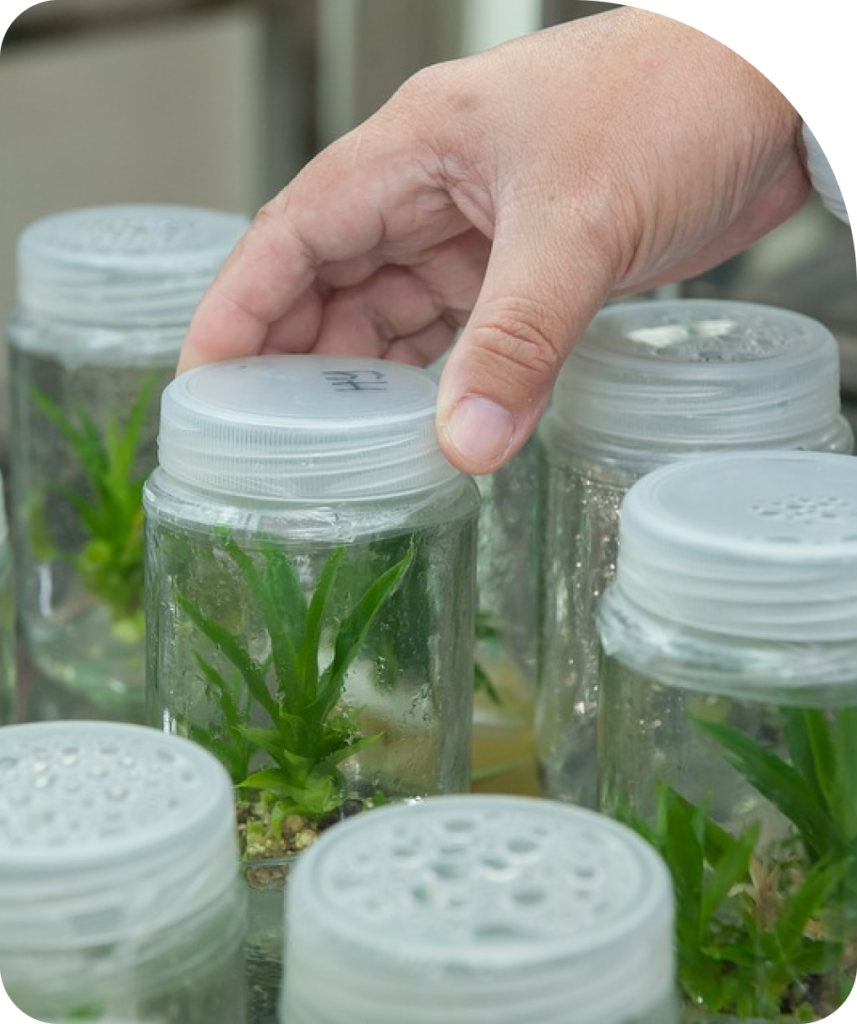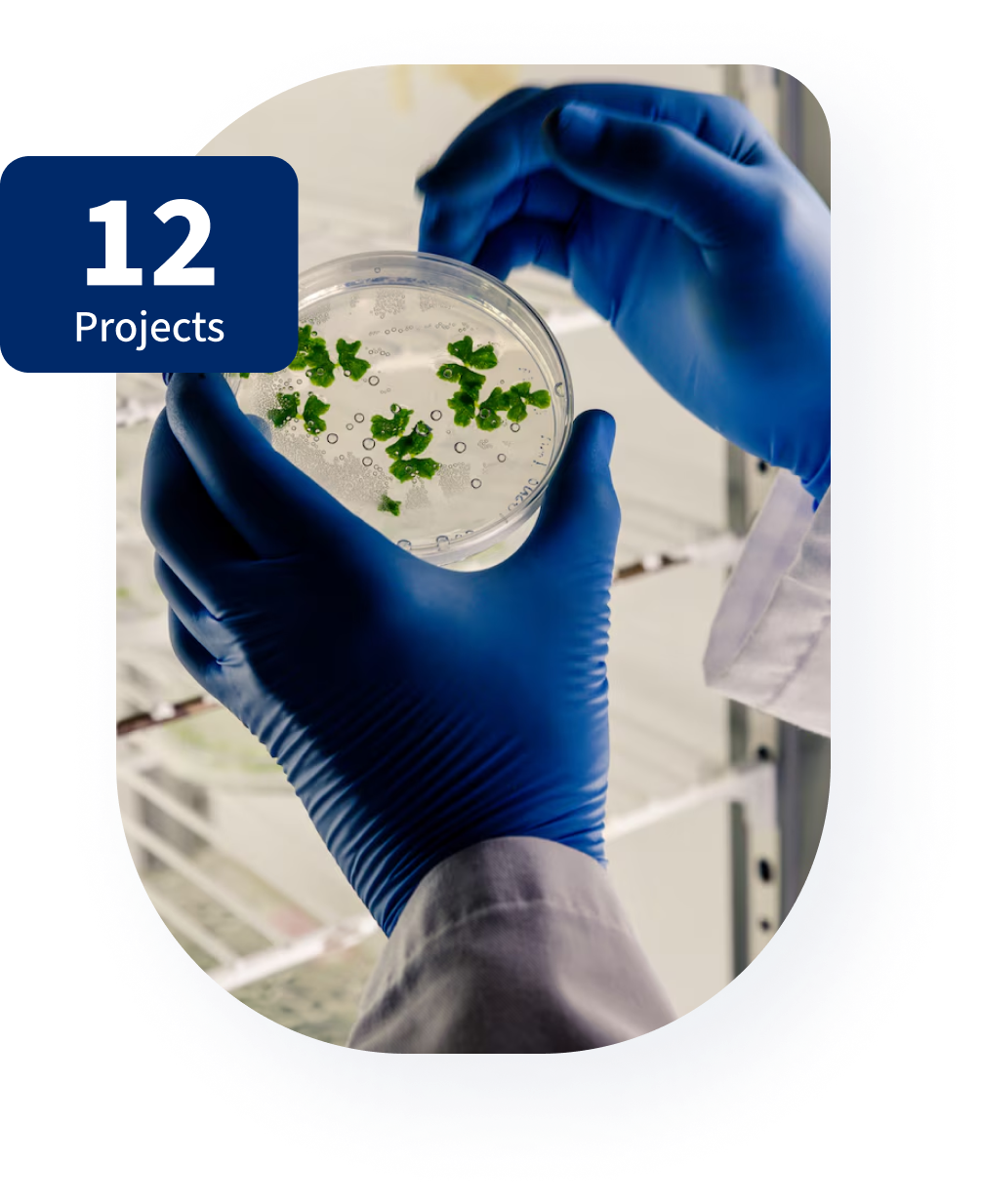Photobiology as a
driver of innovation in
crop genetics

At BEAM CropTech, we are pioneering in agricultural biotechnology
By leveraging advancements in photobiology, we have revolutionized crop genetics quickly and effectively. We focus on enhancing the physiological processes of plants through the use of light-responsive genes, all of which are present in their original genome. This way, we achieve highly efficient crops that respond better and utilize sunlight more effectively. This innovative strategy not only increases productivity but also promotes sustainable practices, aligning us with the future of agriculture. At BEAM CropTech, we remain committed to a responsible approach that benefits both farmers and the environment.
Implications for agriculture and beyond
Food security SDG 2
Climate change
adaptation SDG 13
Agricultural
Innovation SDG 9
Agricultural
sustainability SDG 12
What makes us different?
- Increased food production: Higher agricultural yields to meet the needs of a growing population.
- Reduced environmental impact: Maximizing CO2 capture and reducing pesticide use, thereby promoting the conservation of natural resources.
- Development of new products: Development of crops with improved characteristics, featuring greater resistance to water stress and high temperatures, as well as resistance to pests and diseases.

TECHNOLOGY
The Future of PHOTOSYNTER
PHOTOSYNTER represents a first step towards a more sustainable and productive agriculture. However, there is still much research and development to do.
Contact Us
We are available to be contacted and answer your questions.
- +54lab Campos Salles 1300, C1429 Cdad. Autónoma de Buenos Aires, Argentina
- 1395 Brickell Ave Suite 800, Miami FL 33131

